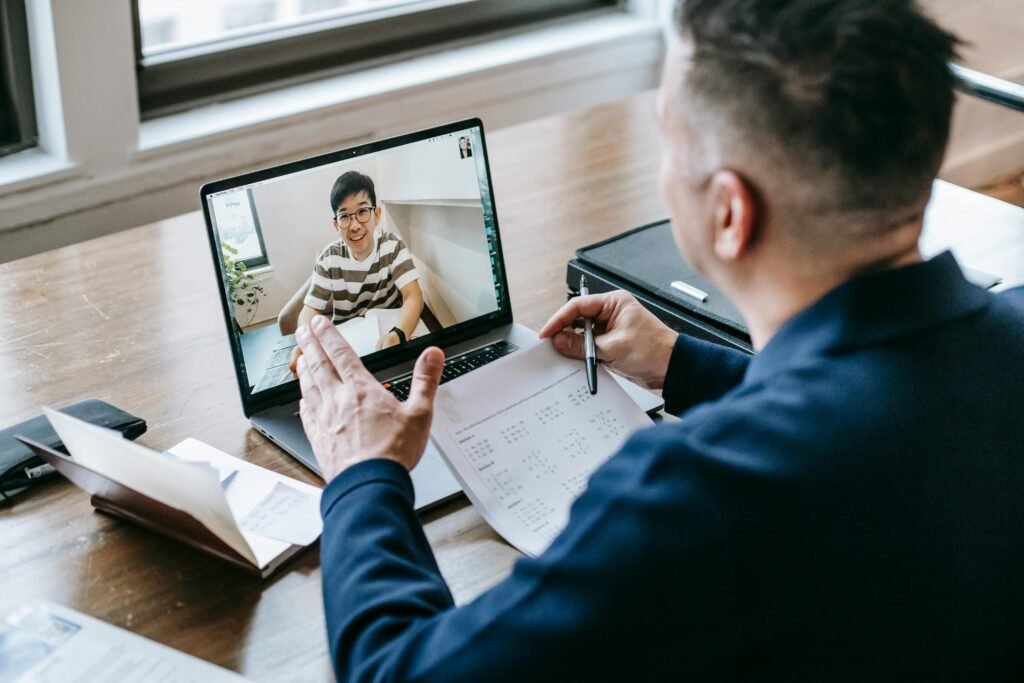From Teacher to Mentor: Inspiring Lifelong Learning
Education is no longer confined to the four walls of a classroom or the pages of a textbook. In today’s fast-evolving world, the role of educators has transformed dramatically. A teacher’s responsibility is no longer limited to delivering lectures or assigning grades. Instead, they are called to become mentors who inspire a lifelong love for learning. But what does it mean to transition from teacher to mentor, and why is it crucial in shaping the future of education?
The Difference Between a Teacher and a Mentor
A teacher imparts knowledge; a mentor nurtures potential. Teachers focus on curricula, delivering structured lessons to help students meet academic goals. Mentors, on the other hand, look beyond grades. They guide, encourage, and support learners in discovering their strengths, overcoming challenges, and developing skills that extend far beyond the classroom.
For instance, a teacher might help a student solve a math problem, but a mentor helps the student understand how mathematical thinking can be applied in real-life situations. Mentors see the big picture, fostering critical thinking, emotional intelligence, and self-confidence in their mentees.
Why Mentorship Matters in Lifelong Learning
The concept of lifelong learning emphasizes the importance of acquiring knowledge and skills throughout one’s life. In this context, mentorship plays a pivotal role. Here’s why:
- Encourages Curiosity: Mentors ignite the spark of curiosity, motivating individuals to explore and question.
- Builds Resilience: By providing constructive feedback and emotional support, mentors help individuals overcome obstacles and learn from failures.
- Fosters Independence: Mentors guide learners to think critically, make informed decisions, and take ownership of their learning journeys.
- Bridges the Gap Between Theory and Practice: Mentors bring real-world experiences into the learning process, making it more practical and relevant.
Becoming a Mentor: Key Steps for Educators
Transitioning from a teacher to a mentor requires a shift in mindset and approach. Here are some steps to help educators make this transformation:
- Adopt a Learner-Centric Approach: Focus on the needs, interests, and aspirations of your students. Encourage open dialogue and active participation.
- Build Meaningful Relationships: Take the time to understand your students as individuals. Show genuine interest in their goals and challenges.
- Model Lifelong Learning: Demonstrate a commitment to your own growth. Share your learning experiences and show that education is a continuous journey.
- Provide Guidance, Not Answers: Encourage students to think critically and find solutions on their own. This helps them develop problem-solving skills and confidence.
- Encourage Reflection: Guide students to reflect on their learning experiences, helping them understand their progress and areas for improvement.
The Ripple Effect of Mentorship
When teachers become mentors, the impact extends far beyond the classroom. Students carry the values, skills, and habits instilled by their mentors into their personal and professional lives. They, in turn, become lifelong learners who inspire others to grow.
Imagine a world where every learner is empowered by mentors who believe in their potential and inspire them to achieve more than they thought possible. This is the future of education—a community of learners and mentors working together to create a better tomorrow.
Trending Keywords:
- Teacher to mentor transition
- Lifelong learning
- Educational mentorship
- Modern education
- Inspiring learners
Suggested Hashtags:
#FromTeacherToMentor #LifelongLearning #MentorshipMatters #InspireToLearn #EducationalLeadership #GrowthMindset #FutureOfEducation #EduvishInsights



